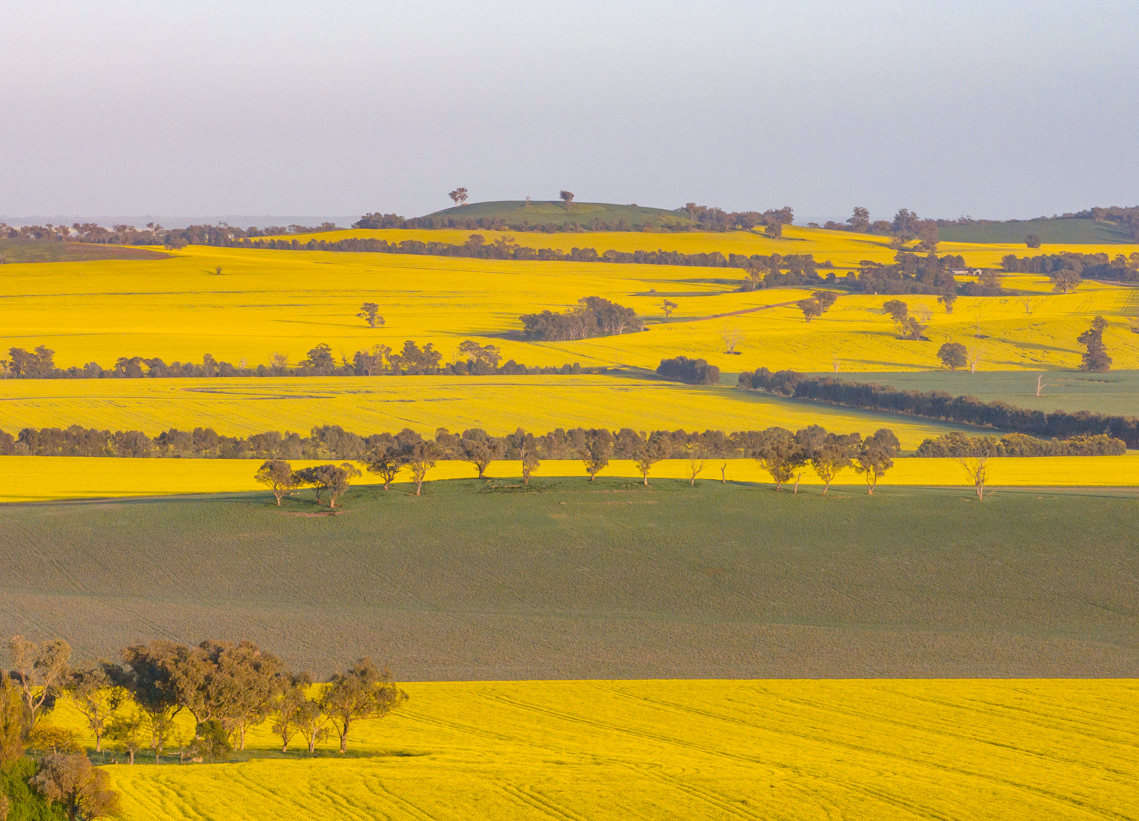Major movements in WA as winery icon and Wheatbelt giant hit the market
In this week’s property round-up with Kylie Dulhunty, Western Australia dominates with two major listings — Capel Vale Wines, on the market for the...
2 min read
 Alex McLaughlin
:
May 9, 2024
Alex McLaughlin
:
May 9, 2024

Rabobank has released its annual Australian Farmland Price Outlook, indicating that Australian farmland prices are poised for continued growth in the coming year, albeit at a slower rate.
Following three years of robust double-digit expansion, the pace of agricultural land price increases is expected to moderate in 2024 due to declining farm profitability from recent record highs.
The outlook for prices varies across different agricultural sectors and regions, with Rabobank highlighting a mixed forecast. The bank projects a baseline increase of around five % in the median price per hectare, for all agricultural land types nationally over the next year.
Based on commercial sales data nationwide, the median price of agricultural land per hectare grew 10.9% in 2023. This marks a significant slowdown from the exceptional growth rates of 28.6% and 27% in 2022 and 2021, respectively.

RaboResearch analyst Vitor Pistoia. Pic: Supplied.
RaboResearch analyst Vitor Pistoia believes the deceleration signifies a maturing land market influenced by a less optimistic outlook on farm profitability, compounded by weather challenges and a limited supply of available properties.
Mr Pistoia noted that Australia's farming sector underwent an unprecedented positive cycle from 2020 to early 2023, buoyed by record-high commodity prices and abundant rainfall, which bolstered farm profitability, enhanced farm business equity, and instilled confidence in a promising future.
Mr Pistoia explained, "External investors were drawn to this thriving sector, intensifying competition for land, spurred on by low interest rates. Suddenly, the land market saw increased participation—farmers seeking expansion, investors eyeing capital gains, and companies exploring investments in the carbon credit sector.”
Conversely, Mr Pistoia highlighted that farmers looking to exit the industry took advantage of rising prices, contributing to the supply of available land amidst heightened demand.
Mr Pistoia said the agricultural land market is transitioning into a new phase, characterised by fewer farms for sale and bidders, alongside a strong, yet less optimistic financial outlook for the sector.
2023 Review
The 2023 agricultural land market presented a contrast between different sectors, with notable increases in the median price of arable (cropping) land by 20%, while grazing land prices remained relatively steady, experiencing only a slight decline of 0.3%. Dairy land prices also exhibited robust growth, rising by 22% during the year.
The analysis revealed an overall decrease in the number of agricultural land transactions in 2023, with national sales declining by 35%.
Western Australia stood out as the only state to surpass national median agricultural land price growth, with an impressive increase of 48% during the year. Conversely, Victorian agricultural land prices declined by 8% overall, primarily influenced by fluctuations in the sheep and cattle markets.
Pistoia emphasized that the growth in agricultural land prices in 2023 was driven more by accumulated equity from previous years rather than optimistic projections for farm sector profitability.
Outlook
According to the report, the outlook for key drivers of agricultural land values, including production volumes, commodity prices, and farm income, remains promising for 2024/25, although the potential upsides are diminishing compared to recent years.
Interest rates continue to pose a significant cost, with expectations of further increases and no immediate relief in sight.
Mr Pistoia commented on the potential decline in winter crop production in certain regions due to a dry start to the season, however highlighted the possibility of a La Niña event in the latter half of 2024, which could benefit cropping operations.
Beef production is anticipated to expand, supported by favourable rainfall in large areas of northern Australia.
Looking further ahead to 2024-2029, the report suggests a continued slowdown in agricultural land price growth, with buyers increasingly focused on seeking the best value for their investment rather than speculative capital gains.
Mr Pistoia noted that although the market may mature and see fewer deals driven solely by capital gains, the overall forecast remains optimistic. He emphasised the enduring demand for farmland, highlighting the importance of evaluating the risk-reward scenario for long-term investment in the land market.
While the growth rate in agricultural land prices is slowing, Rabobank does not foresee a drop in land values in its forecast.
Posts By Tag
.png)
In this week’s property round-up with Kylie Dulhunty, Western Australia dominates with two major listings — Capel Vale Wines, on the market for the...
.jpg)
Australian farmland values are tipped to increase a “modest amount” in 2026 as the rural real estate sector continues to consolidate.
.png)
Australia’s biggest farm sales of 2025, as reported on by AuctionsPlus, delivered another year of blockbuster rural transactions, led by the roughly...